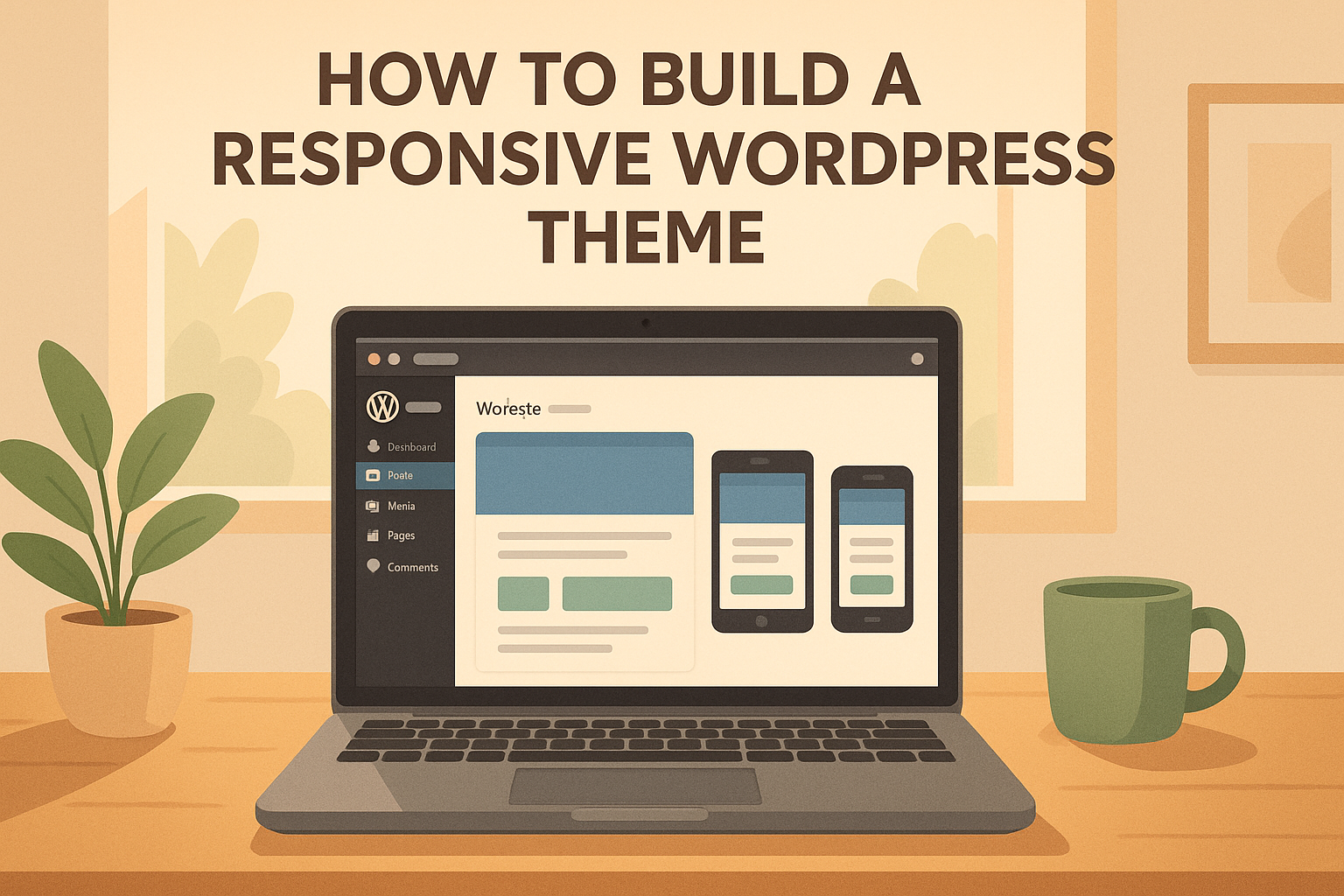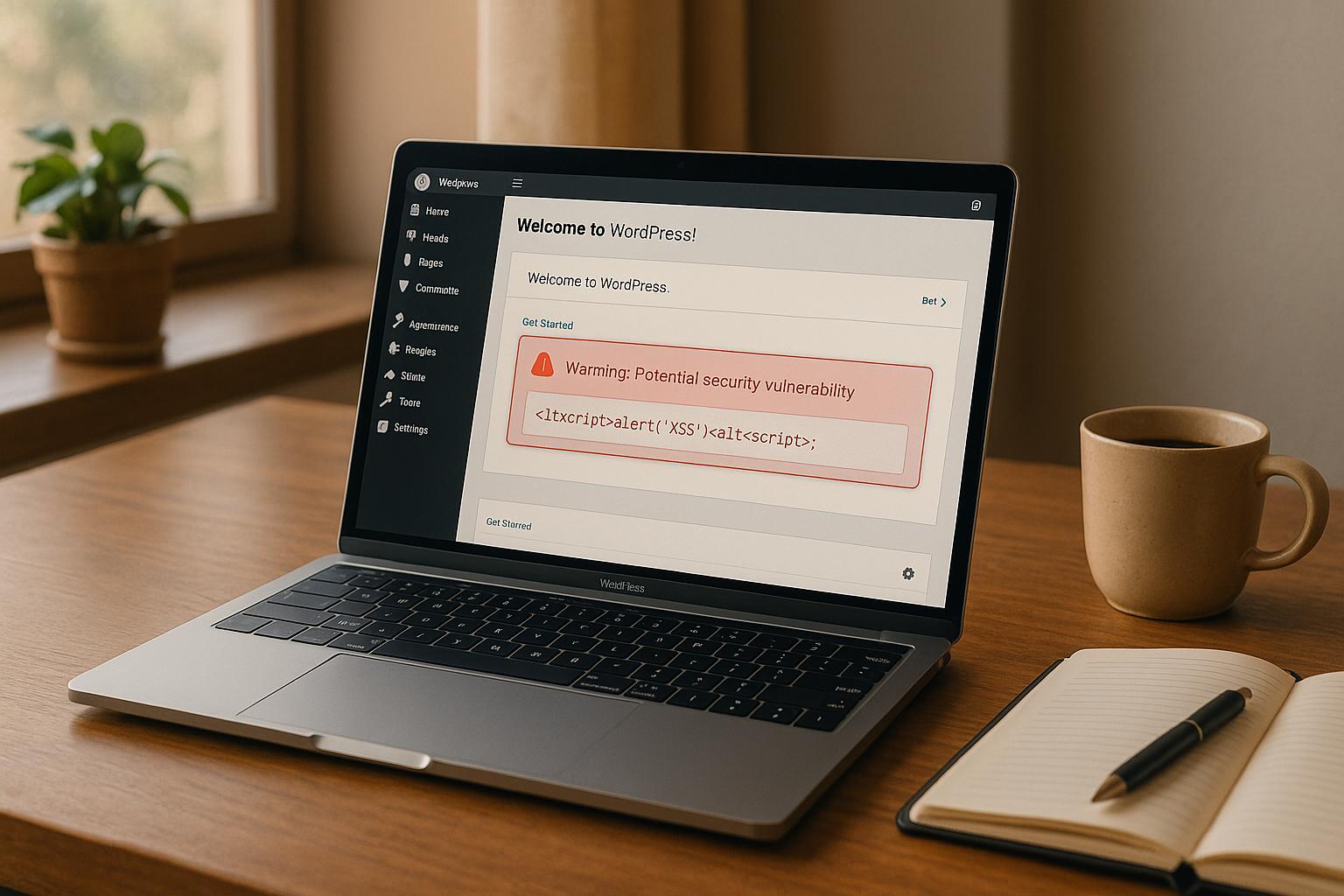Whether you’re in the process of building your WordPress site or already have one in place, chances are, it’s going to have various sections. However, does this necessarily mean you need a subdomain?
In this guide, we will look at what a subdomain is, when you should set one up, how it differs from multisite, and the effects it has on SEO.
Let’s get into it.
Subdomains Explained
Subdomains are URLs linked to your main domain, but they use a prefix. If your domain is mywebsite.com, an example of a subdomain would be support.mywebsite.com.
Even though a subdomain is a part of your website, you should be aware that they are treated as completely separate entities by search engines such as Google.
In fact, subdomains require separate WordPress installations – this excludes WordPress Multisite (more on that later).
What’s Involved with Creating a Subdomain?
To set up a subdomain, you or your website developer would require access to your cPanel. This is the dashboard that displays all of your website files that your hosting provider will give you access to.
Every cPanel is slightly different but overall, they generally have the same sections.
Once you login to the cPanel, you need to find a section labelled Domains. There should now be a Subdomains or link. This is where you will create your subdomain.
Now, what do you do about WordPress?
You will need to install WordPress from scratch on your subdomain – this also means you can choose a different theme and site structure if need be. Unfortunately, SEO and the administration of the subdomain can get a bit tricky if you aren’t familiar with this setup.
You should also keep in mind that you might need to pay additional fees for your subdomains – you can confirm this with your hosting provider.
On the subject of hosting, here’s a detailed guide on how to choose the best option for your site.
When You Need a Subdomain
Here are the instances where it makes sense to create a subdomain:
- For added security. If you want to protect your site from malicious logins, you have the option to create a separate and secure login page using a subdomain.
- Private content. If you have a fairly large organisation that shares content and knowledge, a subdomain is ideal for this.
- Development. If you ever have the need to create a staging or demo site, or you need a development platform that won’t affect your current site or that of a client, create a subdomain.
- Site functionality. Another reason to create a subdomain is if you want to keep a portion of your business separate from WordPress. This is most often the case with eCommerce brands. In many instances, business owners choose to set up their online stores on a platform such as Shopify. By creating the eCommerce store under the subdomain, it is still linked to the top-level domain but running on a separate platform. It’s all about your specific requirements.
- Multiple locations. If your business has offices in multiple locations and you would prefer to have a separate site for each, subdomains are perfect for this.
When You Don’t Need a Subdomain
A subdomain should never be used to separate a key part of your site such as sales landing pages, blogs or temporary promotional pages. The reason for this is because subdomains are seen as separate sites. If your blog had to be on a subdomain, you would lose out on all that traffic to your top-level domain.
How Subdomains Differ from WordPress Multisite
The main difference between a subdomain and Multisite is that you have the ability to create and manage multiple websites from a single WordPress dashboard.
One person can have access to a multisite network or different users can create their own sites within the network. You can also place limitations on what features they can and can’t access.
While all users on a multisite network share the same plugins and themes, they do have separate media upload directories.
Multisite is an ideal option for anyone wanting to manage different websites from one dashboard instead of logging into a separate one – as is the case with subdomains.
A good example of when a multisite could come in handy is if a university wanted to create separate sites for each department and manage them all in one place.
How Subdomains Impact SEO
There are a number of different opinions about whether a subdomain is good for SEO. On one side, experts say that using a subdomain takes away a lot of the ‘SEO juice’ that’s available to your site. The minute they used subdirectories instead of subdomains, their stats increased.
Other experts don’t feel that subdomains have much of an effect on SEO at all.
While subdomains are seen as separate sites, Google has said they are fine with using subdomains (blog.mysite.com ) or subdirectories (mysite.com/blog). However, it can take longer for algorithms to figure out subdomains.
What is recommended is that if you choose to use subdomains, stick with them if SEO is important to you. For example, if you create a Cyber Monday landing page, use the same one for your marketing and promotions next year.
Overall, though, it seems that from an SEO perspective, subdirectories are the preferred choice, especially if the content is closely related to the root domain.
In Closing
This guide should have cleared up some of the confusion surrounding subdomains, subdirectories and multisite installations. In the end, a subdomain is only truly necessary if you have a good reason for creating what is in essence, a separate site.
Also, while the process of creating a subdomain is fairly straightforward, if you are not familiar with the setup or management, it’s best to get an experienced professional to assist you.







